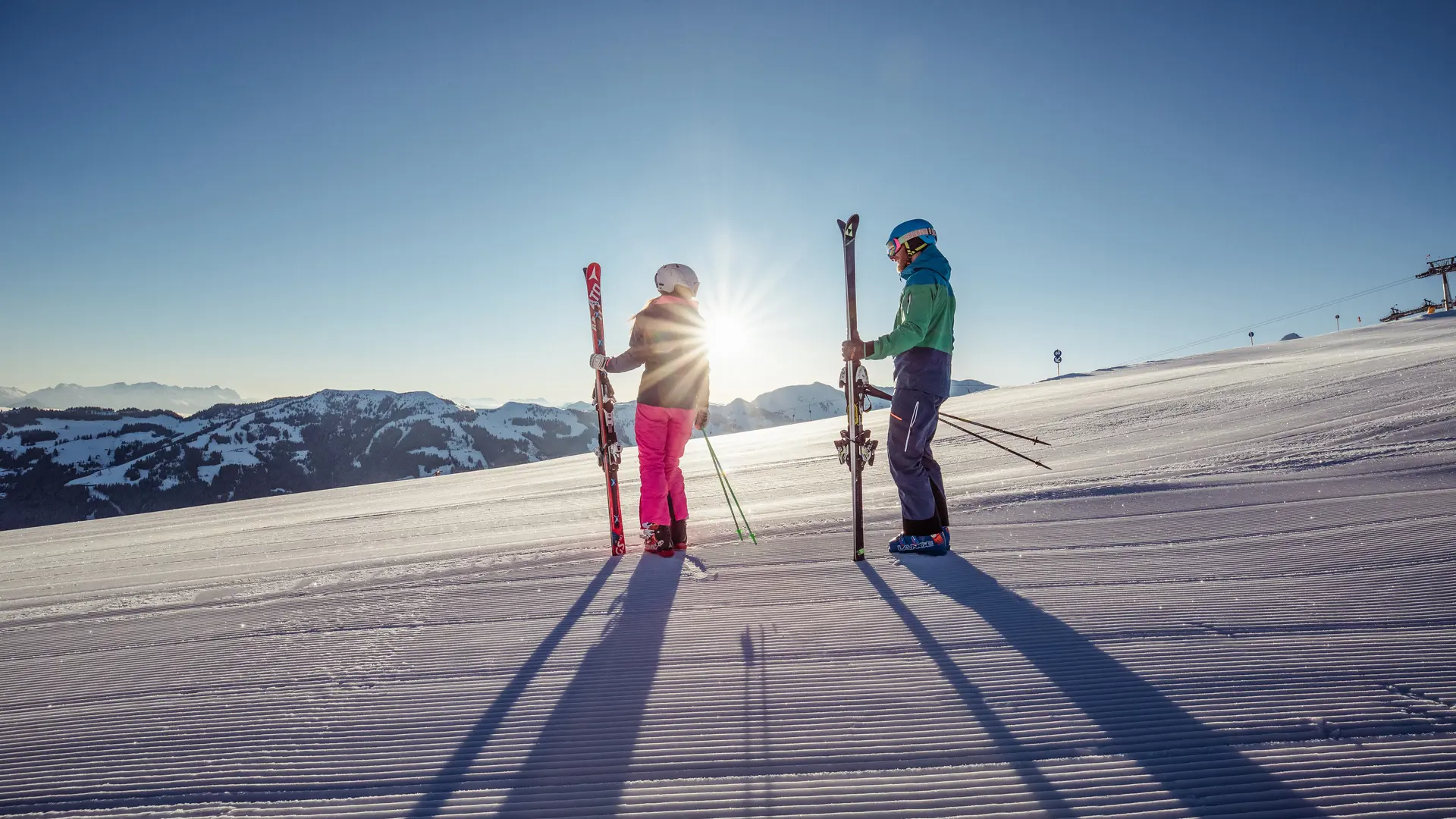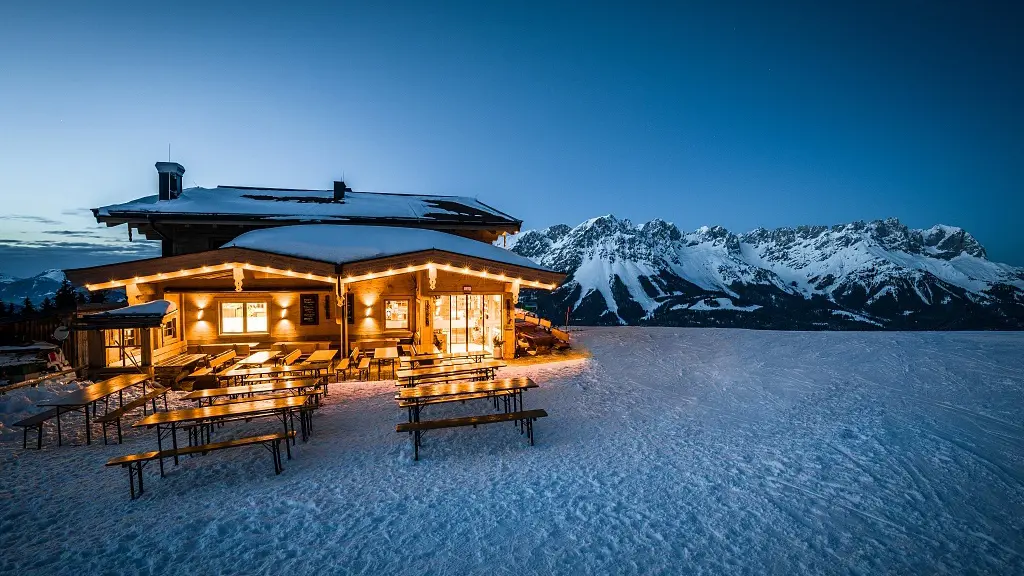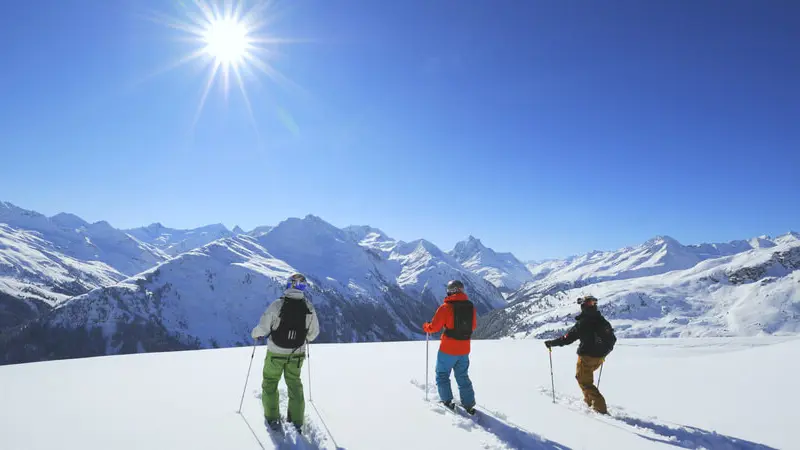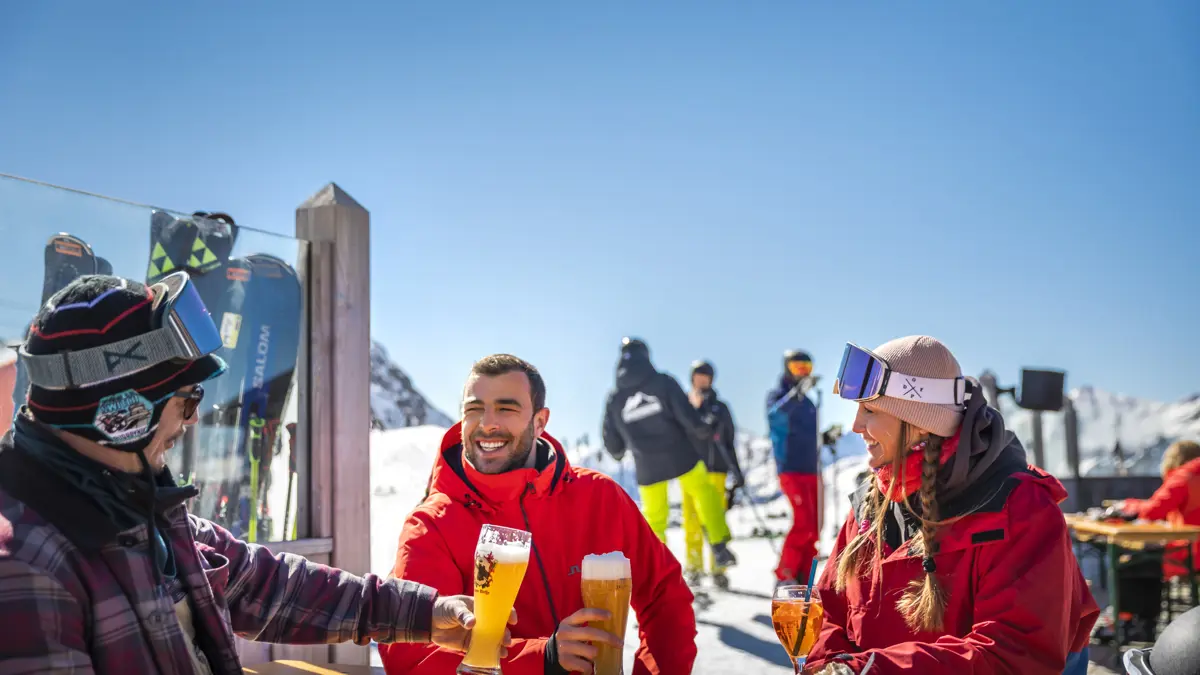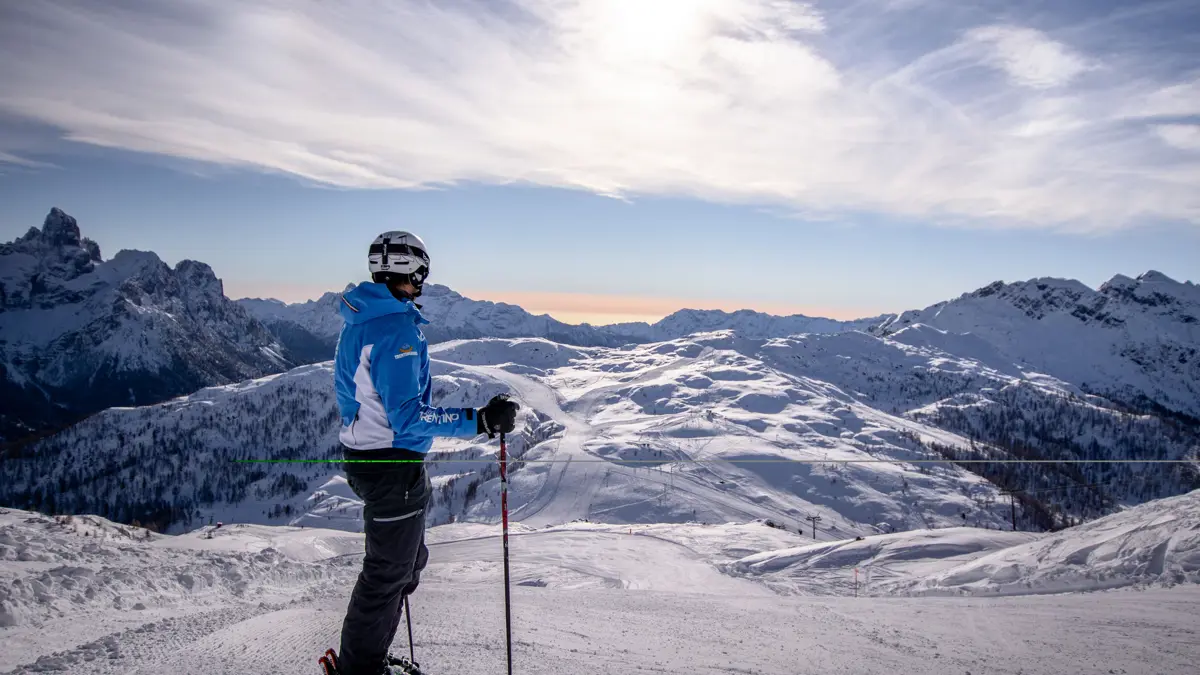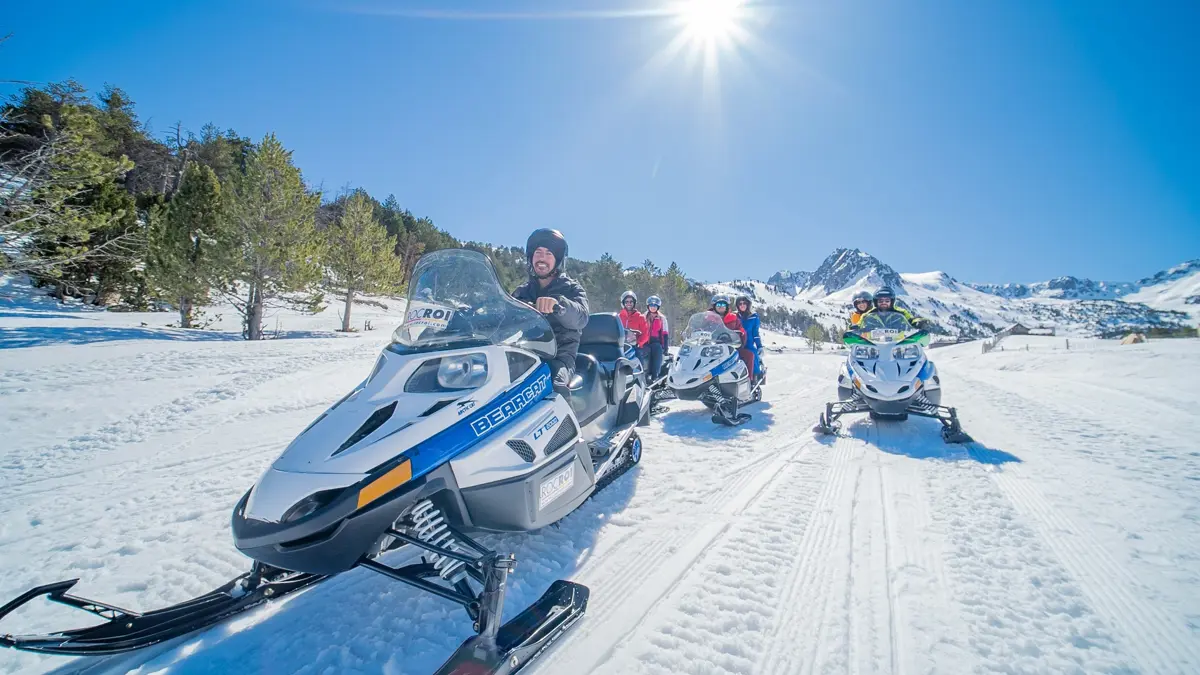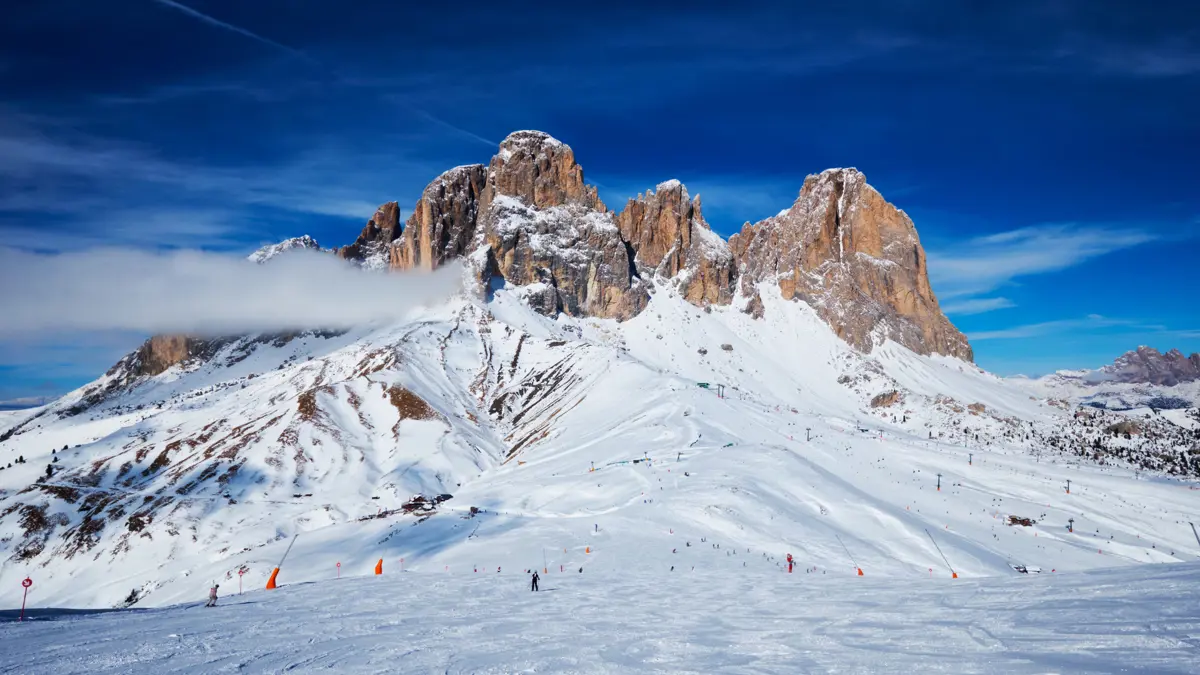Plan your perfect ski holiday
Inghams Insider Guides & tips
Your lift-pass to the mountains starts here - Whether you’re a seasoned pro or hitting the slopes for the first time, having the right knowledge can make all the difference. Inghams is your go-to guide for everything you need to know before you pack your skis. From choosing the best resorts and understanding snow conditions, to picking the perfect equipment and preparing for all weather scenarios — we’ve got you covered.
Browse our insider guide categories
Ski holiday destinations
Whether you're a Three-Valleys skier through and through, love the endless slopes of The Dolomites, have never skied the Milky Way or The Arlberg is your spiritual ski home, with Inghams we've got something to suit everyone. With over 80 resorts across Europe and Canada, you'll never be short of new experiences, including skiing holidays in Finland.
Why book your ski holiday with Inghams
Decades on the slopes, service you can trust, ski holidays done right, we're the whole package.
Ski better with Inghams.
-
Ski experts since 1934
HistoryQuality over quantity — 90 years creating the best, handpicked holidays just for you.
-
Chalet the Inghams way
ChaletsHome comforts and a dedicated host to look after you. Our chalets are handpicked and exclusive to us.
-
Award-winning service
Why book with usIf snow hits the fan, we’ve seen it all and sorted it all before.
-
Try to top this snow guarantee
Snow guaranteeIf less than 25% of runs are open, we’ll take you to a nearby resort and keep you skiing.
-
Championing the great outdoors
SustainabilityIf natures on your mind, then know it’s on ours too. The mountains are a special place, and we’re determined to help keep them that way. .
-
We're the whole package
Ski resortsWith a package holiday, everything’s sorted (and protected by ABTA/ATOL) including travel, transfers, accommodation and expert advice tailored to you.
